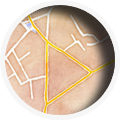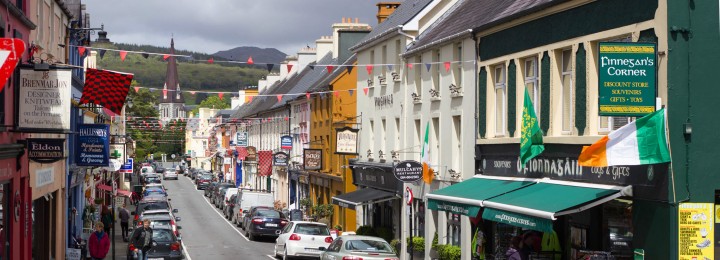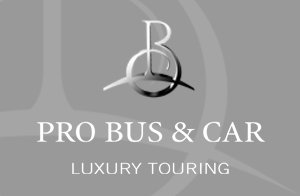Irish is an Indo-European language, a member of the Celtic language group. The Celtic language family is made up of the Continental Celtic languages (consisting of Celtiberian, Gaulish, and Galatian), and the Insular Celtic languages of the so-called British Isles. This insular group is further divided into the Brythonic group, consisting of Cumbrian, Welsh, Cornish, and Breton of which only Welsh and Breton have survived into modern times, and the Goidelic group of Scots Gaelic, Manx Gaelic, and Irish Gaelic, known in Ireland simply as Irish.
Irish has its roots in the original language of the Celtic peoples who emerged in south central Europe sometime around the 5th C. BCE. Theirs is known to archeologists as the La Tene culture. The extension of this proto-Celtic culture and language into virtually every region of Europe accounts for the many branches of Celtic languages. Celts in western continental Europe spoke Gaulish; Celts in Spain spoke Celtiberian; Celts in the Balkans spoke Galatian; Celts in the region of modern Switzerland spoke Lepontic.
All of these languages are now long extinct, as are most of the other branches of proto-Celtic. Celts who migrated onto the western edge of the known world spoke the Brythonic and Goidelic (also sometimes written Gaidhdelic) forms of the Insular Celtic language family.
Today Welsh is spoken fluently on a daily basis by approximately 300,000 people, Scots Gaelic by about 60,000, and Irish by about the same number. There are also tiny remnants of Patagonian Welsh and Cape Breton Gaelic in the New World. Liberalizing the definition of fluency could allow the numbers of Scots Gaelic and Irish speakers in Scotland to Ireland to as many as 600,000.
In recent years the Celtic languages of Ireland, Scotland, Wales, Brittany, and the Isle of Man, have experienced something of a upsurge in interest and popular commitment as a result of intensely nationalistic feelings by Celtic peoples who believe deeply in their cultures and wish to protect them from the encroachments of an alien language and way of life. In some cases, as with Celtiberian, Galatian, Gaulish, Lepontic, Cumbric, and others, it is too late.
Irish cannot be said to be reborn, since it never died. But some of the current success of the language can be traced to the revivalist activities of The Gaelic League, founded by Douglas Hyde and Eoin MacNeill in 1893. This group of Irish patriots sought to save the embattled language and its rich cultural associations from the continuing pressure of English, a pressure that began to be felt in Ireland as early as the twelfth century with the arrival of the Anglo-Norman invasion. At the core of the Gaelic League’s convictions was their concept of Irish culture as a distinct and unique national trait, and the Irish language as an absolutly essential component of that culture and the nation to which it belonged.
The Irish language first became an official part of the national educational curriculum in 1922. Today every Irish child learns Irish in school, but proficiency in the language varies considerably. Despite the fact that Irish is the first official language of the Republic of Ireland, most Irish people have only a nodding acquaintance with genuine fluency in their native tongue, and Ireland is far from a monoglot country. In the west of Ireland, there are substantial regional areas of native speakers called the Gaeltachta, and in these areas the language is spoken on a daily basis and English is a second language. These areas are in Counties Donegal, Galway, Kerry, Cork, and parts of Waterford and Wexford. In the Gaeltacht areas children are taught in Irish in the schools, and throughout Ireland more and more schools are being created that treat Irish as the principal language.
Today in Ireland the Irish language is far from being a quaint remnant of a different time. The language has its own radio stations, newspapers, a vibrant contemporary literature, and even a recently established television channel. The Irish language today is an emphatic statement of Irish intellectual independence and the indisputable vitality and richness of Irish culture.
For information about an introductory Irish language workshop, taught in Ireland by a native speaker, and about other unusual travel adventures in Ireland, send your postal address to…
THE CELTIC TRAVELER +1-308-772-9994
www.celtictraveler.com
Text Copyright 1993, Robert Brummett
Thanks to Robert Brummett, who gave me permission to use his article.








